Synergy Imagination Brings Developmental Opportunities to the Play Environment
Bringing Developmental Opportunities to the Play Environment
When something is designed for you it feels comfortable. Whether it’s a pair of pants, a chair that has the exact dimensions to match your body, or a seat on the airplane – just kidding, this has never happened - it makes you feel almost special and that your voice is heard and holds value. It’s the same for children; if a space is designed with their development, height, hand and foot size, and preferences in mind, it will be an incredibly empowering experience and foster growth, development, and joy in play. They may not be able to articulate it in the same way adults do, but it will be evident in the way they play.
Synergy Imagination is designed especially for children ages 2-5. Because it is a right-sized space with smaller handgrips, steps and platforms, and appropriate sizing and spacing, it is exactly what they need to help them develop, learn, engage, and grow. Children will love the opportunity to play in a space with soft, approachable lines and products that are designed and sized especially for them to learn so many important skills that transcend the playground.
Using child development benchmarks as a basis for the design, each play event will meet children where they are, and support continued social, emotional, physical, and cognitive development both on and off the playground. Bringing them a space that encourages imaginative play is especially important at the critical ages of 2-5 while they are beginning to learn how to interact, negotiate, and express themselves through self-directed play.
Imagination is a key aspect of the way children play and is inherent in all of Synergy Imagination. It’s not only fun but an important part of how they develop their sense of self, see the world, and interact with their peers and caregivers. Providing open-ended, child-directed play opportunities such as a counter, doorway, or play panel, offer them the chance to create a world for themselves. A world that is exciting and ever-changing or comfortable and quiet. Whatever they create, it’s up to them and that is the beauty of a child-driven space. It allows them to be in control of their experience and is an excellent way to promote leadership, cooperative play, and teaches them the important skills of negotiation and how to problem-solve creatively. With fun surprises around every corner, Synergy Imagination will delight, challenge, and engage children for hours and give them the opportunity to find the best of themselves through play.

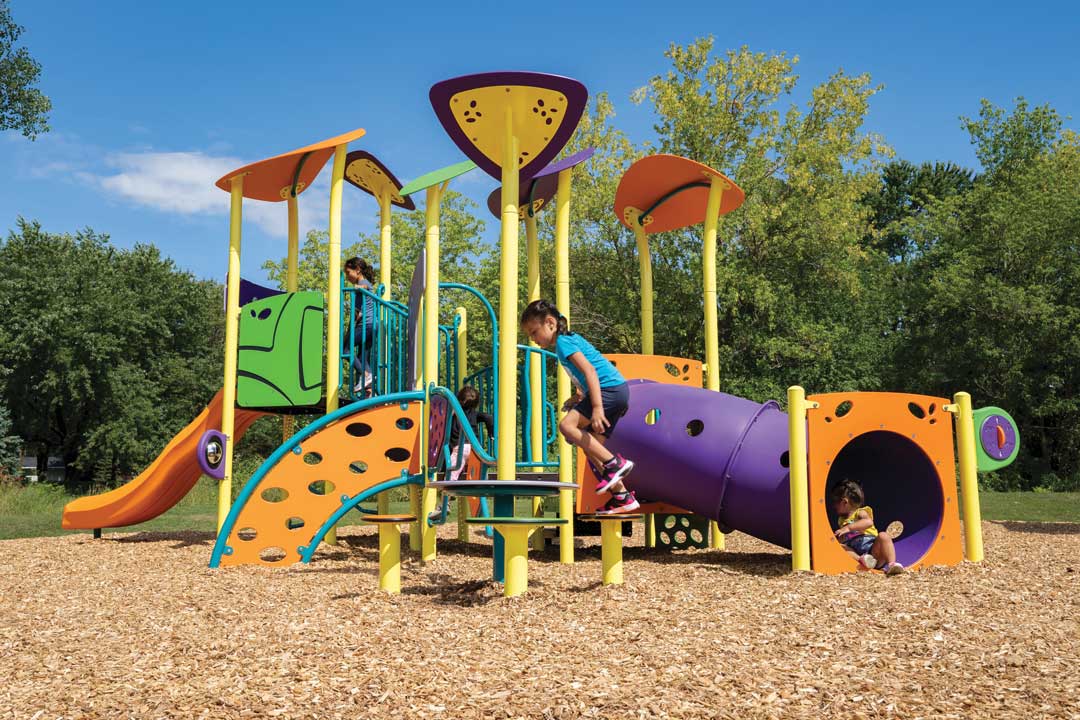
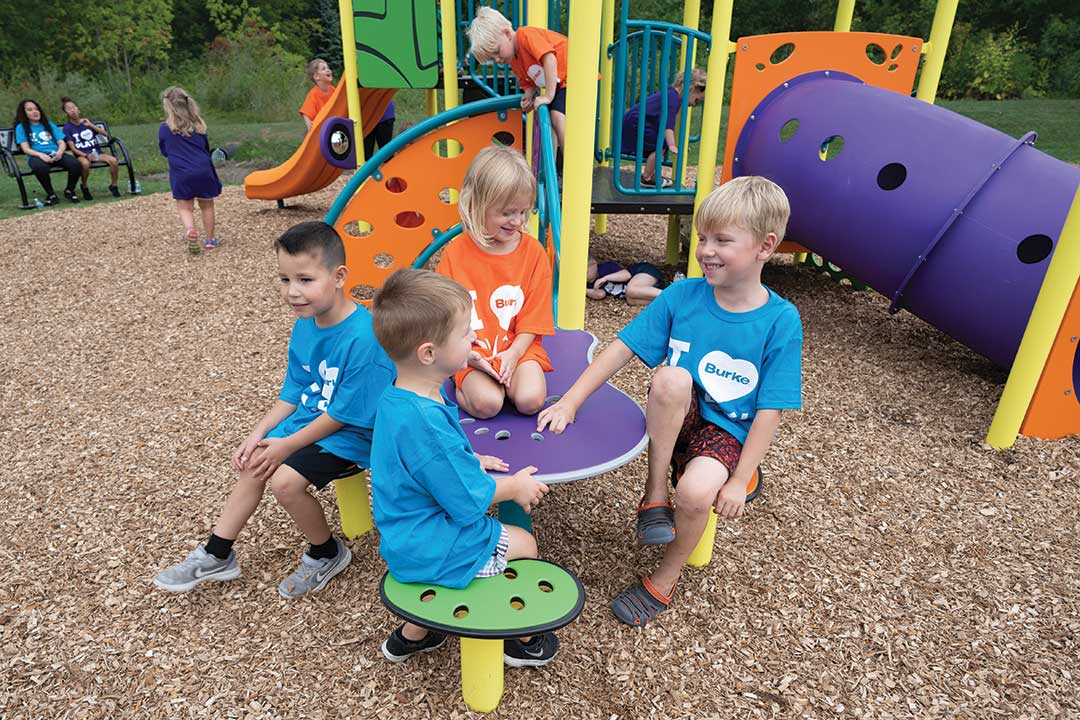

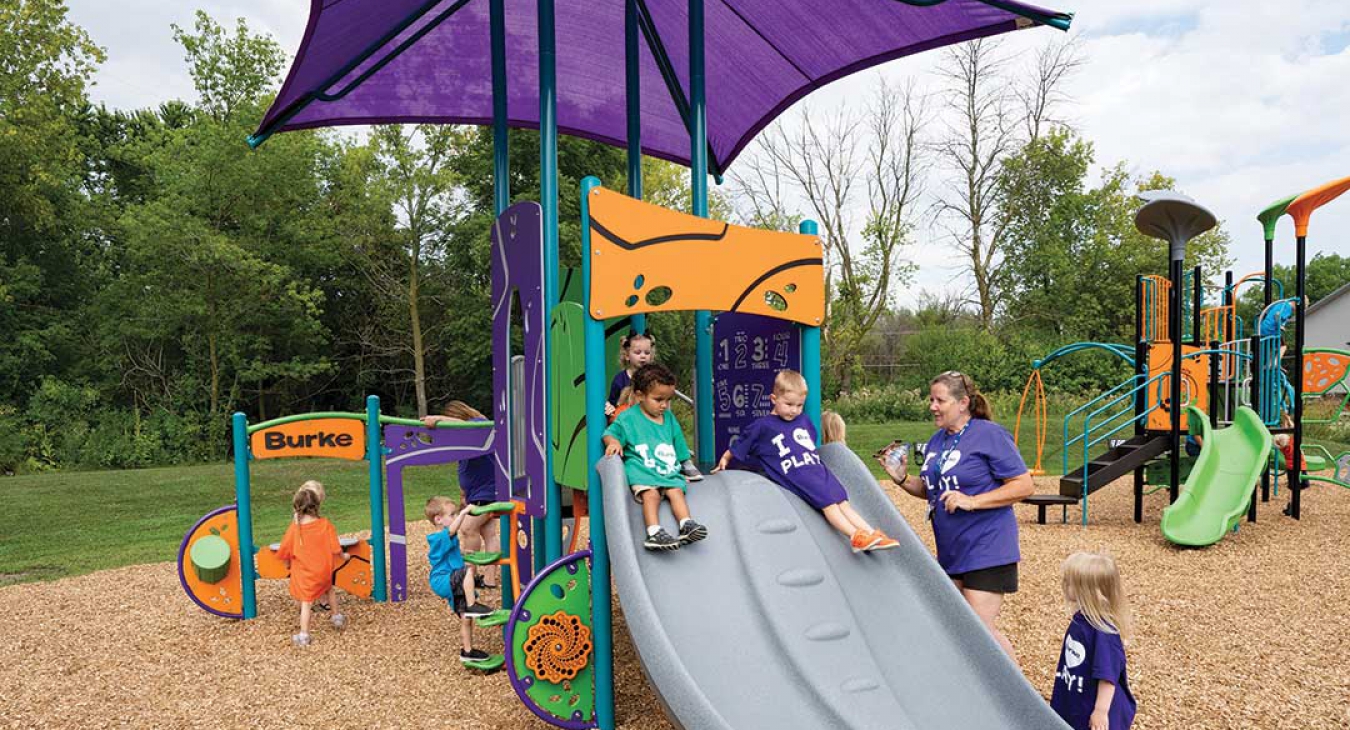
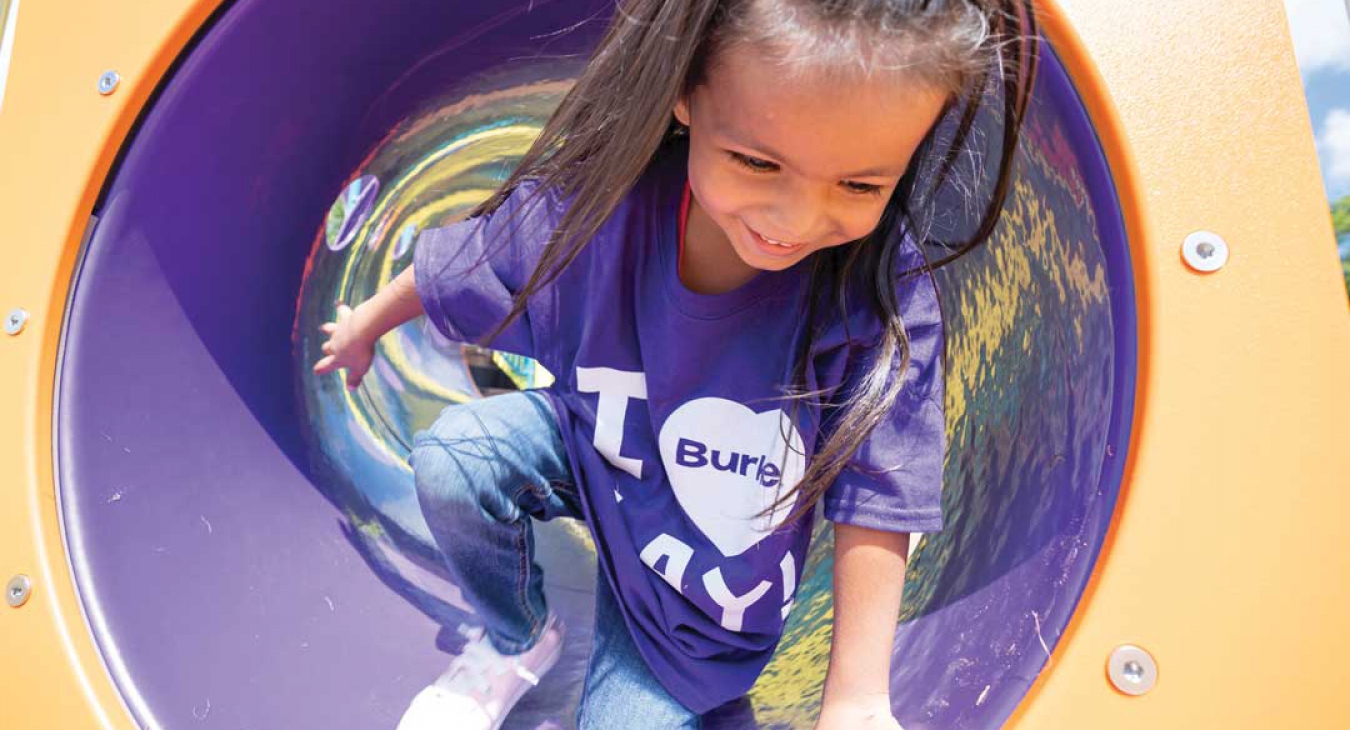
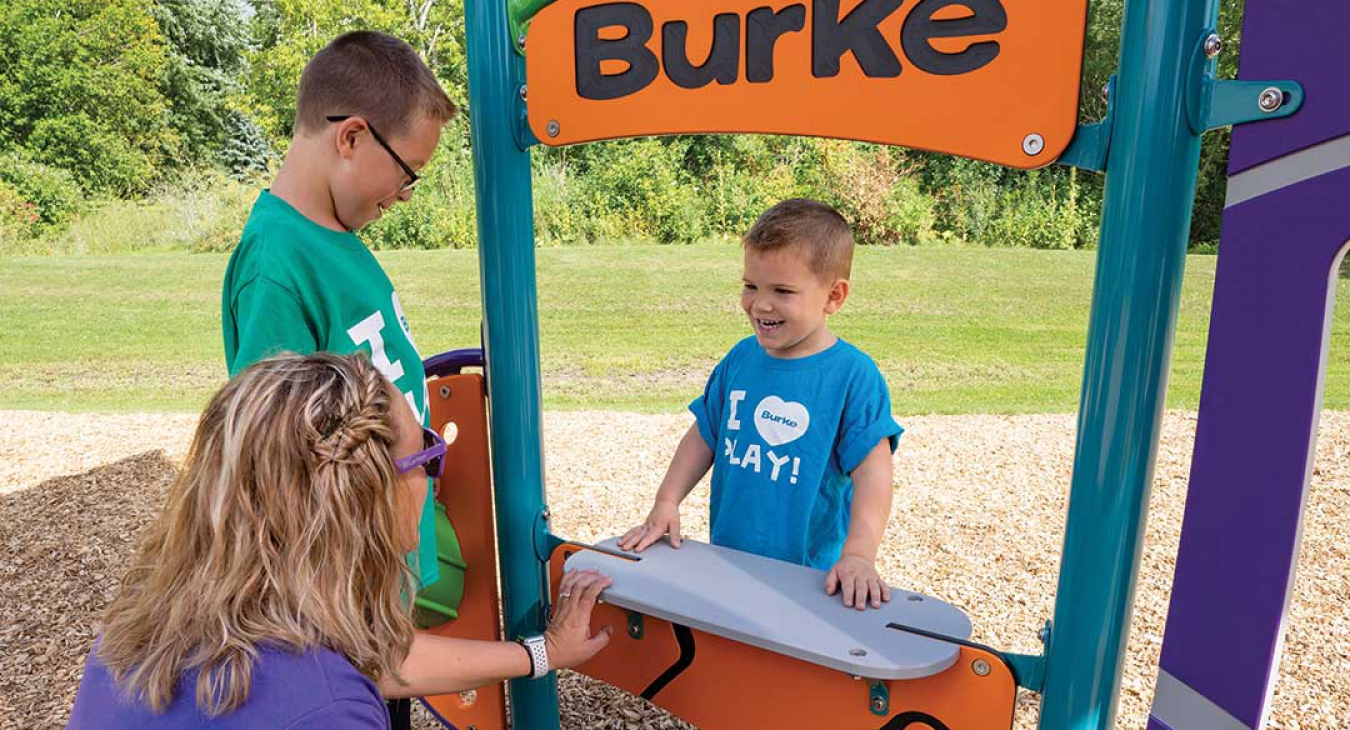
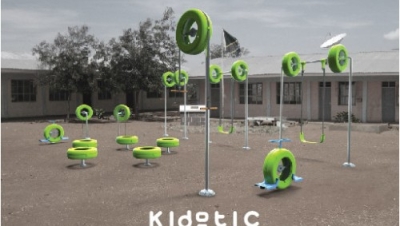

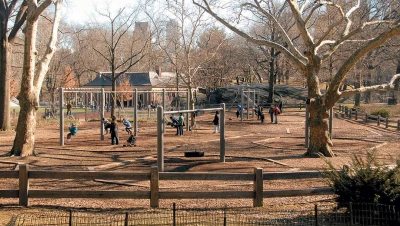












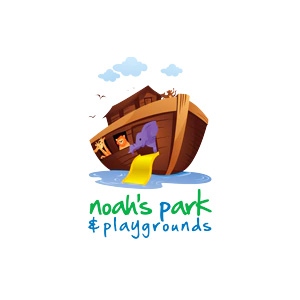

Add new comment